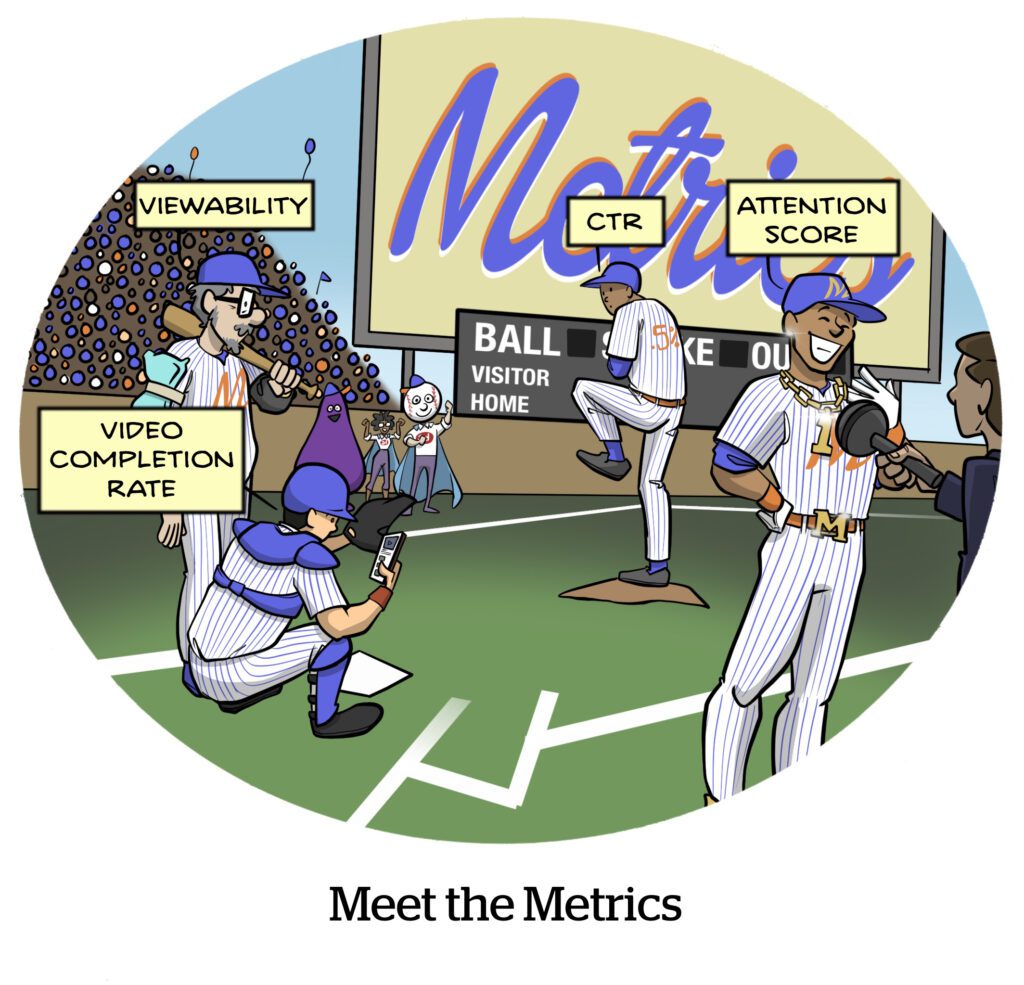What will it take for advertisers to actually buy campaigns based on attention metrics?
That was the question at the heart of Adelaide’s Business of Attention event in New York City last Tuesday. Stakeholders from across the ecosystem gathered to discuss whether attention can become a programmatic currency, why standardization would be necessary to make that possible and whether it might be best to find alternative ways to trade based on attention in the short term.
But there are already opportunities for publishers to cash in on demand for high-attention ad placements. As attention metrics work their way toward currency status, some publishers are experimenting with offering buyers minimum attention guarantees on their inventory to drum up demand.
And current pricing often doesn’t correlate to a site’s attention score. Which means there’s an arbitrage opportunity for buyers and resellers, particularly via high-attention marketplaces.
Here are some key takeaways from the event.
The publisher play
First up, some good news for news publishers: High-attention inventory can tempt buyers to overlook common concerns about online news placements, especially if publishers proactively take the risk out of buying this inventory.
Multiple news publishers said they successfully used attention guarantees to coax hesitant buyers.

For example, The Wall Street Journal had some brands pause spend in the weeks leading up to the presidential election, said Global CRO Josh Stinchcomb. But the publication knew its election coverage would get attention, and elections are as good a time as any for driving campaign performance, he said.
“We guaranteed all of those campaigns would meet or exceed a benchmark or we would do a full make-good,” Stinchcomb said. “That actually seemed to get some people who were on the fence to say, ‘OK, I will run because you’re taking the risk out of my ad being lost in the shuffle.’”
The arbitrage opportunity
The surprisingly low prices for high-attention inventory in open exchanges can also boost demand.
If you think high attention score equals high CPM, guess again. Because attention metrics are relatively new and aren’t used as a scaled media currency, counterintuitive market dynamics can influence ad rates.
“There is absolutely no correlation between [Adelaide’s] Attention Unit and pricing,” said Paolo Provinciali, VP of marketing growth, performance and operations at LinkedIn. “Attention is not baked into the pricing of the media we buy.”
In fact, attention-based pricing can sometimes work in the exact opposite way advertisers expect. In some cases, high-attention inventory actually sells at a lower CPM than lower-attention units, Provinciali said, and that inverse dynamic is especially prevalent when it comes to video ad units.
With those dynamics in mind, LinkedIn worked with Google DV360 to create custom bidding algorithms that target high-attention inventory and weed out low-attention inventory at scale, with LinkedIn’s own set of ROAS goals.
There’s also theoretically an opportunity for ad tech vendors and resellers to buy up high-attention, low-cost inventory at scale, package it into a private marketplace (PMP) and sell it at a premium.
“Human attention is the most valuable resource in the industry nowadays, and it’s absolutely mispriced in the industry,” Provinciali said. “Which creates a fantastic opportunity.”
Attention in the bid stream
Curating inventory into PMPs based on attention score is also a workaround to the difficulty of gathering various attention signals in the programmatic bid stream, said Mike McNeeley, SVP of product at Index Exchange.
SSPs can add attention metrics to bid requests, but many DSPs aren’t set up to bid based on those signals, McNeeley said. However, a PMP’s deal ID can serve as a bridge to high-attention inventory for DSPs that still don’t offer attention-based targeting, he said.
Global Placement IDs can also help advertisers programmatically target specific publishers with consistent attention scores, rather than relying on SSPs’ unique inventory IDs or other non-standardized attention signals, McNeeley added.

The standardization question
The long-term viability of attention as a currency will require standardization across the many different platforms and metrics, plus unified approaches to both buying and measurement, said Parvati Vaish, SVP of analytics at Havas Media Group.
But that doesn’t guarantee it’s going to happen.
Standardization is a polarizing topic, particularly on the buy side.
Some buy-side experts, like Nicolas Grand, executive director of research and value analytics at GroupM, believe standardization is not actually in advertisers’ best interest.
“I don’t believe in [standardization], simply because different [platforms,] advertisers, clients and audiences might have a different approach in terms of the duration of attention, what attention actually means and the impacts on the upper and lower funnel,” he said.
But, more saliently, Grand believes it would be best for the industry to avoid past mistakes when it comes to standardization.
“You don’t want to get into the same problem we got ourselves into as an industry with viewability,” Grand said. “The second you have a standard, vendors will gamify it and create artificial formats that will give you artificial attention.”



















